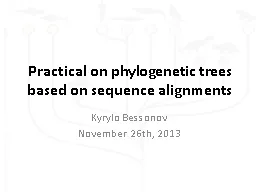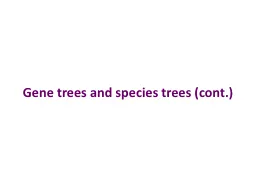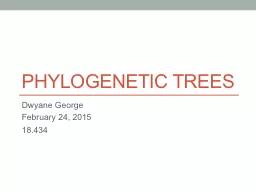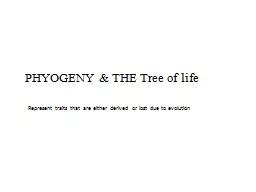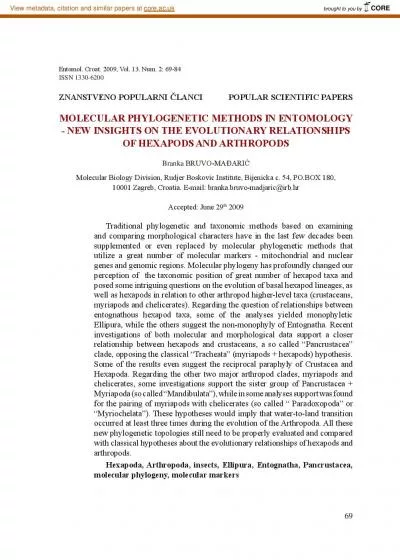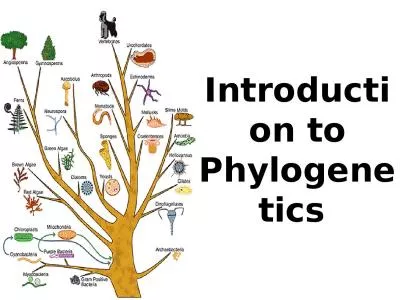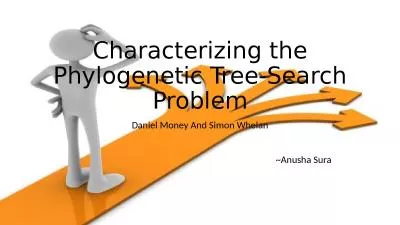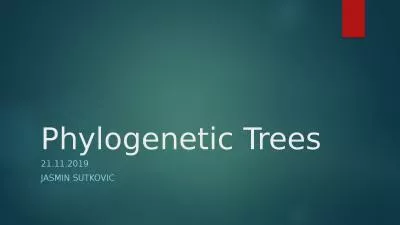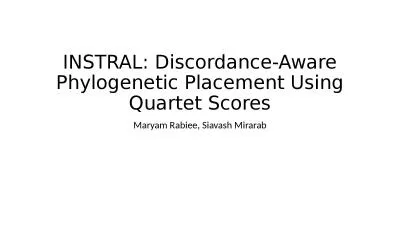PPT-Practical on phylogenetic trees based on
Author : lois-ondreau | Published Date : 2016-10-13
sequence alignments Kyrylo Bessonov November 26th 2013 Talk plan How to build phylogenetic trees of types Unrooted Rooted Context comparison of viral proteins
Presentation Embed Code
Download Presentation
Download Presentation The PPT/PDF document "Practical on phylogenetic trees based on" is the property of its rightful owner. Permission is granted to download and print the materials on this website for personal, non-commercial use only, and to display it on your personal computer provided you do not modify the materials and that you retain all copyright notices contained in the materials. By downloading content from our website, you accept the terms of this agreement.
Practical on phylogenetic trees based on: Transcript
Download Rules Of Document
"Practical on phylogenetic trees based on"The content belongs to its owner. You may download and print it for personal use, without modification, and keep all copyright notices. By downloading, you agree to these terms.
Related Documents

